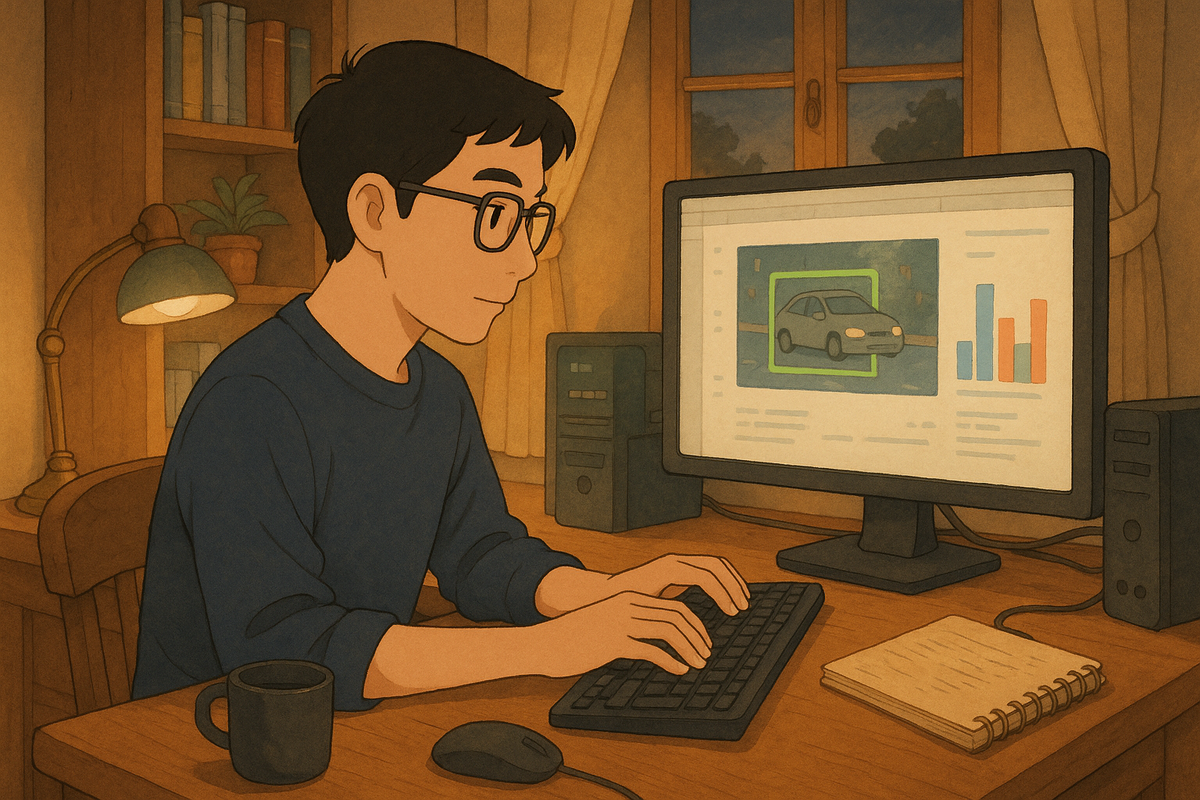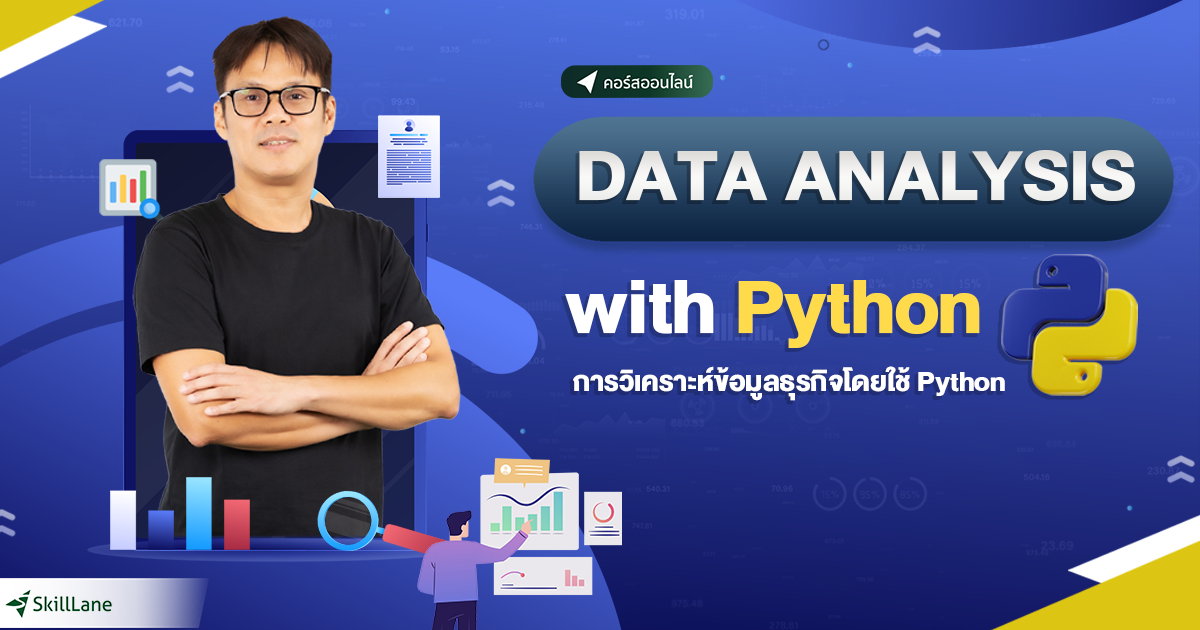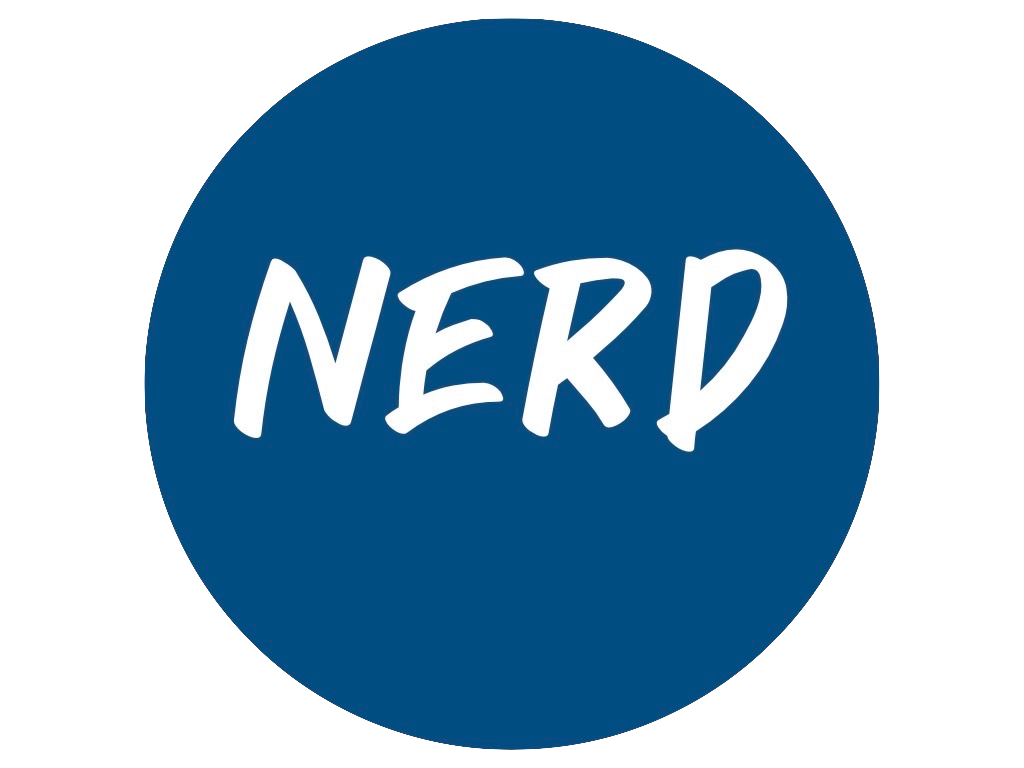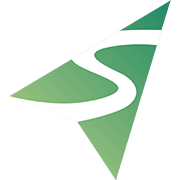From pixel to perception: Computer Vision และอัลกอริธึมพื้นฐานที่ควรรู้

สำหรับผู้เริ่มต้นในสาย Computer Vision การเข้าใจ Algorithm พื้นฐาน จะช่วยให้เราต่อยอดไปสู่การใช้ Deep Learning หรือ AI ได้ง่ายขึ้น โดยแบ่งเป็น 2 กลุ่มใหญ่ คือ
🧱 1. Classical Computer Vision Algorithms (ไม่ใช้ Deep Learning)
1.1 Edge Detection
ใช้หาขอบของวัตถุในภาพ
- Sobel Filter – หาขอบแนวนอน/แนวตั้ง
- Canny Edge Detector – หาขอบภาพได้ชัดเจนและแม่นยำ
1.2 Thresholding
เปลี่ยนภาพเป็นขาวดำ (binary) เช่น เพื่อตรวจจับวัตถุในภาพง่ายขึ้น
- Global Thresholding – ใช้ค่าคงที่ตัดภาพ
- Adaptive Thresholding – คำนวณค่า threshold เฉพาะจุด
1.3 Contour Detection
ใช้หาขอบเขตของวัตถุ เช่น ตรวจวัตถุในภาพขาวดำ
- cv2.findContours() ใน OpenCV
1.4 Template Matching
หาวัตถุจากรูปแบบที่รู้จัก เช่น หาป้ายหยุดในภาพ
- เปรียบเทียบ pattern กับตำแหน่งต่าง ๆ ในภาพ
1.5 Optical Flow
ใช้ติดตามการเคลื่อนไหวของวัตถุในวิดีโอ
- เช่น Lucas-Kanade Method, Farneback
🧠 2. Deep Learning-Based Algorithms (CNN-based)
เมื่อเข้าใจพื้นฐานแล้ว เราสามารถต่อยอดไปยัง Deep Learning ได้ เช่น
2.1 Image Classification
ทำนายประเภทของภาพ เช่น ภาพนี้คือหมาหรือแมว?
- โมเดลยอดนิยม: LeNet, AlexNet, ResNet
2.2 Object Detection
ตรวจจับวัตถุ เช่น รถ คน สุนัข
- YOLO (You Only Look Once)
- SSD (Single Shot Detector)
- Faster R-CNN
2.3 Image Segmentation
แบ่งภาพเป็นส่วน ๆ เช่น พื้นหลัง / วัตถุ
- Semantic Segmentation: ใช้โมเดลอย่าง U-Net, DeepLab
2.4 Face Detection / Recognition
- ใช้ HAAR Cascades (พื้นฐาน)
- หรือ FaceNet, Dlib, MTCNN (AI-based)
🛠 แนะนำเครื่องมือ (Tools)
- OpenCV – สำหรับงาน Classical CV
- TensorFlow / PyTorch – สำหรับ Deep Learning
- MediaPipe – สำหรับ Face/Hand/Body detection
🎯 เริ่มจากอะไรดี?
การเริ่มต้นเรียนรู้ สามารถทำได้ดังนี้
- ลองใช้ OpenCV อ่านและประมวลผลภาพพื้นฐาน
- ทดลอง edge detection, thresholding, contour
- ต่อด้วยการใช้ CNN แบบง่าย ๆ บนชุดข้อมูล MNIST, CIFAR-10
- ค่อยไปสู่ YOLO, U-Net, หรือ ResNet
สนใจเรียนรู้พื้นฐาน Python เพื่อต่อยอดงานด้าน Computer Vision ลงทะเบียนได้ที่ ->




